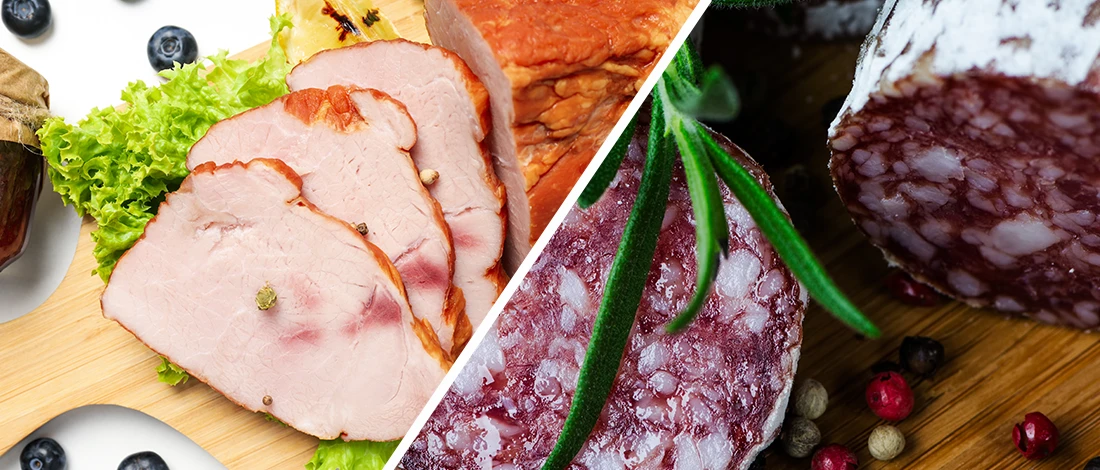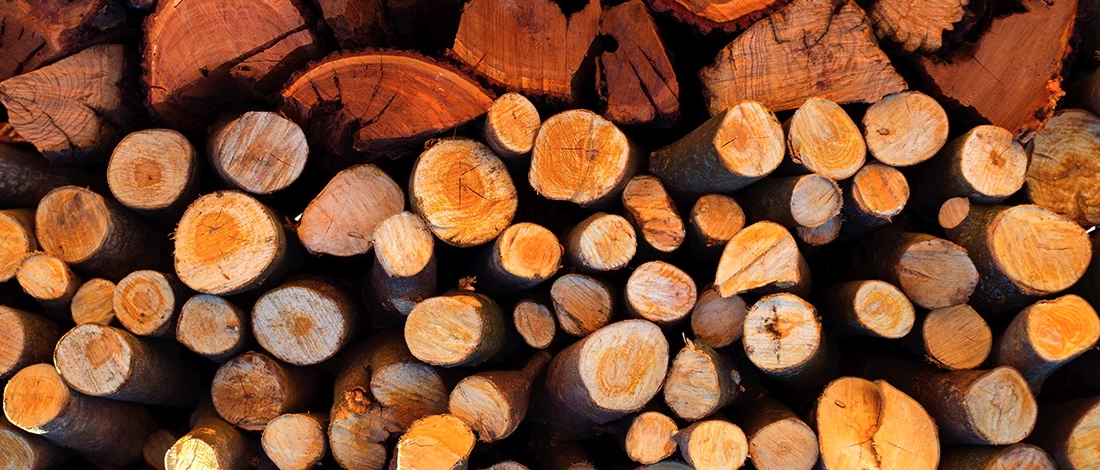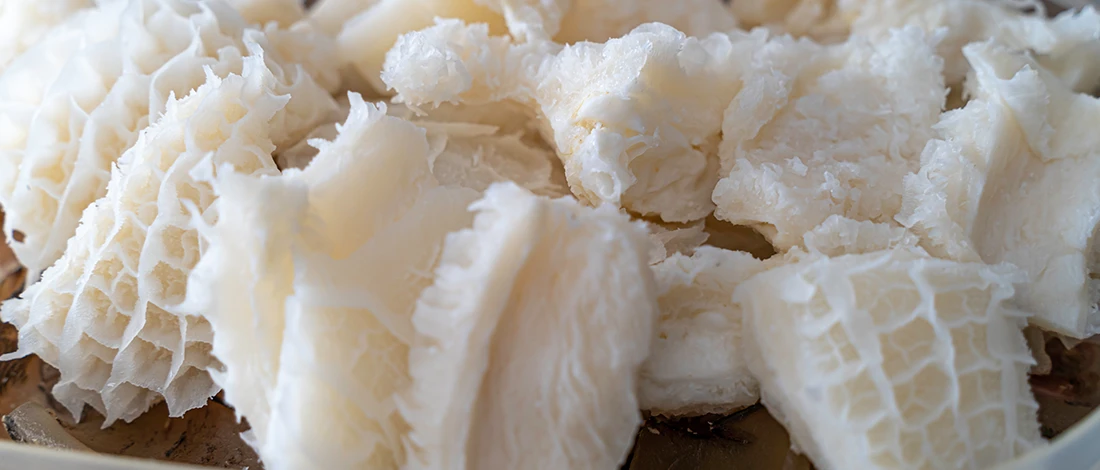As a true gourmet who enjoys Italian meats, I love salami the most because it's full-flavored, tender, and versatile for various diners.
With salamis in my kitchen, I can prepare threadlike pasta, salami sauce, or the famous ragù (meat-based sauce).
If you're looking for healthier meat cuts, here are some of the best meat delivery websites to order first-string meats that are grass-fed and humanely raised.
With years of experience in the food industry, I've spent countless hours researching various types, production methods, and health impacts of salami.
In the article, I’ll share everything I know about salami, including how it's made and its nutritional profile.
Quick Summary
- Salami is cured sausage from ground meat stuffed into a gut-casing.
- Hard salami is a high-protein, low-carb food.
- Different types of fresh meat are used to make dry-cured salami, including pork, beef, and horse meat.
What Is Salami?

Salami is an Italian sausage traditionally made from pork and stuffed into a gut-casing (from an animal or artificial). The word salami refers to Italian cured meats.
Modern types of salami are made from beef, venison, veal, and horse meat.
And you can find these at any local deli counter. The typical salami/cured sausage meat is different ground salted meats with adequate fat, herbs, and spices.
Dry-aged salami is firm and a bit rigid. I think this makes it simpler to slice and is perfect for adding to my avocado sandwiches.
Also Read: What Is Beef Cheek Meat?
How Is Salami Made?

Salami is made through a five-step process, from choosing the meat type to curing the final product.
1. The initial step in making Italian salami is to choose the right kind of meat that's then minced mechanically. Because different meats have different grain types (fine, medium, or coarse), salamis are categorized with the same labels.
2. After meat selection, a potassium salt, particularly saltpeter, is added. These salts help to preserve the salami by blocking lactic acid bacteria from growing on the meat and deteriorating the flavor. Saltpeter is also great for seasoning and flavor improvement.
3. Here, extra fat is added to the minced meat. This fat is mainly cut from the fatty parts of a pig, particularly the cheek. Pork fat is added to give the salami some suppleness.
4. Before the final curing stage, herbs and spices are added. These spices include wild fennel seeds, wine, garlic, black pepper, and chilies. These are the elements that give salami its flavor.
5. The final step is stuffing the seasoned meat into a natural gut that's sausage-shaped and sealing tightly. The salami is then ready to be cured for 2-5 months in humid and reasonably cold conditions.
Common Types of Salami

Different types of salami depend on the kind of meat used to prepare it, the preparation process, and the seasonings added. Here are the most common types of pork salami based on those aspects.
- Genoa salami: Traditionally prepared with salted meat (veal and pig), Genoa salami is seasoned with pepper, garlic, and red wine. The wine seasoning gives it a fermented, tangy flavor. This salami is considered dried sausage, though it has a softer, fattier texture than other meats.
- Pepperoni: This is an American invention of salami. Pepperoni is a spicy sausage with chili, cayenne, and paprika. The paprika spice is what gives pepperoni its reddish color.
- Soppressata: In contrast to most salami, soppressata is often prepared from pork meat ( pork belly, loin & shoulder) that's leaner and coarsely ground. Soppressata is usually seasoned with salt, chili peppers, peppercorns, cinnamon, and rosemary to enhance flavor.
- Nduja: This famous salami from Calabria is prepared from pork, bacon, and hot Calabrian chili peppers (these are responsible for the red color. Nduja sausage has a creamier consistency compared to other salamis. What I love about nduja is the fact that it has minimal to zero preservatives and is considered 100% natural.
- Cotto salami: This is cooked salami made from a quality, flavorful meat like ground pork mixed with garlic, ground mustard, paprika, salt, and sugar. You can also use chicken or beef meats.
Cured vs. Uncured Salami

Cured salami is mainly preserved using artificial preservatives like sodium nitrite and sodium nitrate to prevent spoiling and bacterial development.
Salami is cured in two ways:
- Wet curing, which is done using brine
- Dry curing, which is done using a dry rub spice
On the other hand, uncured salami uses natural preservatives like sea salt, beetroot extract, celery powder, and celery juice to cure. Sometimes, they add natural nitrate sources to preserve the meat.
Here's a side-by-side comparison of cured and uncured salami:
- Preservatives: During making salami, cured versions use synthetic chemicals as preservatives, while uncured salami uses natural preservative agents.
- Flavor: Cured salami has a deeper and richer flavor than uncured salami because of the preservatives used during the curing process.
- Color: Cured salami has a deeper pink or red color, while uncured salami is lighter and pale.
- Salt content: Cured salami has less salt content because it includes more preservatives that make up for it. On the other hand, uncured salami uses more salt as a preservative.
- Shelf life: Cured salami lasts longer and is more shelf stable than uncured ones.
Salami Nutritional Profile

Salami, a popular deli meat, is nutrient-packed. It has a high protein, fat, and salt content yet few calories and carbohydrates.
It also includes significant amounts of a variety of other vitamins and minerals, such as zinc, vitamin B12, thiamine, and niacin.
100g of traditional salami serves has quite a few nutrients [1].
Here is what exactly you can expect:
- Calories: 368 kcal
- Protein: 25.9 g
- Fat: 28.7 g
- Carbs: 1.6 g
- Fiber: 0 g
- Sodium: 1980 mg
- Calcium: 12 mg
- Phosphorus: 180 mg
Salami includes a variety of vital micronutrients, including B vitamins such as vitamin B12, thiamine, and niacin.
B vitamins are essential for neural activity, DNA formation, energy generation, and metabolism [2].
Although dry salami is a nutrient powerhouse, it shouldn't be a mainstay at every meal. If you’re a salami lover, I recommend you enjoy this processed meat in moderation as part of a well-balanced diet.
Most salamis are relatively high in sodium, so I suggest you pick the ones with less sodium concentration, like turkey salami.
"Because most of these cured meats are ready to eat, when reheating, ensure it reaches an internal temperature of at least 165° F. This helps to avoid any foodborne diseases like listeria."
- Lainey Younkin, Registered Dietician
Healthy Salami Alternatives

Salamis are processed foods with high sodium and artificial additives that aren't as healthy.
Here are healthy alternatives you can go for instead of salami:
- Roasted chicken: Most supermarket delis sell hot, ready-to-eat rotisserie chicken. I recommend buying these as they have no nitrites and less than half the sodium of salami slices.
- Canned tuna: This is an excellent substitute for salami. I like to pair mine with mayo or Greek yogurt. But because canned tuna is processed meat, select the ones labeled 'no added salt' or 'low sodium. In my experience, these are healthier choices.
- Carrot bacon: This is a delicious, unprocessed bacon-like snack. You need to marinate carrot slices with tahini, soy sauce, garlic powder, black pepper, and paprika. After marinating your carrots with these natural flavors overnight, bake for 15-20 minutes. This healthy, pure bacon-like perfection.
- Eggs: Sometimes, when you crave cured meat, it's because you lack proteins. Eggs are a healthy protein powerhouse that you can substitute for salamis. You can take scrambled eggs or use crispy egg yolks to whip up delicious avocado toasts.
FAQs
What Is Salami Made Of?
Salami is made of ground pork or beef meat mixed with various spices and herbs.
Is Salami a Cow or Pig?
Salami is traditionally pork; however, different modern versions include cow meat.
What Does Salami Taste Like?
Salami tastes like meat, but the taste notes differ depending on the ingredients and aromas used. Some have a spicy flavor because of the chili, while others have a sweet flavor because of the sugar added during the curing process.
What Is the Difference Between Pepperoni and Salami?
The difference between pepperoni and salami is the flavor and taste. Pepperoni has a spicier flavor than salami because it's made with chilies and peppers. Also, pepperoni has an Italian origin, while pepperoni was invented in America.
What is a Peppered Salami?
A Peppered salami is a finely ground salami infused with cracked black pepper, which gives it a robust and peppery flavor profile. It's a popular cured meat often used in sandwiches and charcuterie boards.
Where Can I Find Italian Dry Salami?
You can find Italian dry salami in various places, including local grocery stores, specialty delis, Italian markets, and online retailers that offer a wide selection of cured meats.
References:
- https://fdc.nal.usda.gov/fdc-app.html#/food-details/172947/nutrients
- https://www.ncbi.nlm.nih.gov/pmc/articles/PMC4772032/







